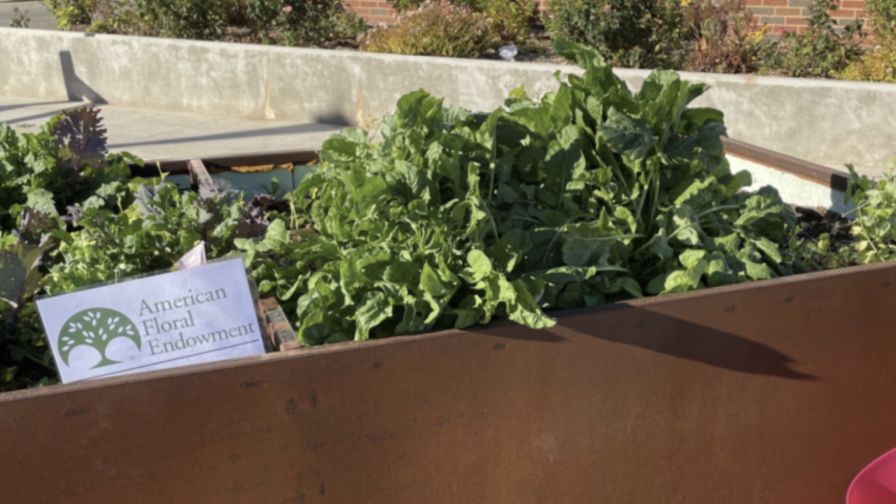How One Research Model Predicts Greenhouse Energy Use and Cost
With the rapidly growing greenhouse industry in Ontario, Canada, energy is in short supply.
“There are growers who want more greenhouses,” says Dr. William David Lubitz, a professor in the School of Engineering at the University of Guelph’s College of Engineering and Physical Sciences, in a recent post from the University of Guelph. “Right now, however, there are limits on hooking up large electricity users because the local grid is maxed out at its peak. They’re trying to expand the capacity for gas and electricity down there, but frankly, it’s stretched.”
How can this growing industry optimize its energy use? That’s the question behind Lubitz’s research and latest project development: a model programmed to simulate greenhouse energy use and growing conditions in order to help producers save energy and money.
The model was recently published in the conference proceedings of the Symposium on Responsible Engineering and Living. The research was funded by the Ontario Agri-Food Innovation Alliance, a collaboration between the Ontario Ministry of Agriculture, Food and Rural Affairs and the University of Guelph.
Plants require proper amounts of sunlight, heat, and carbon dioxide. To be successful, growers must balance those plant needs while running a cost-effective business, an often-expensive endeavor.
The model, developed by Lubitz’s former master’s student Alex Nauta, considers those properties and others to help growers reduce energy costs without jeopardizing yields. It also helps in identifying ideal design parameters for future greenhouses. The model was tested on six greenhouses in southwestern Ontario, mostly in Essex County.
“Over and over, Alex’s model predicted what should be happening in the greenhouse,” Lubitz says. “If a temperature that actually happened in the greenhouse was a certain temperature, the model predicted that same temperature.”
The model’s success means Lubitz and his team can help growers identify ways to reduce energy use. They can also virtually test various scenarios growers wouldn’t chance taking, like changing the temperature or not running fans to circulate air because it may hurt their crop.
The next step is to help growers determine whether adapting new technologies to balance their energy costs and greenhouse climates is feasible.
The model, Lubitz says, will help growers identify how to save costs. For example, if growers are constantly running fans to cool their greenhouse during the day, they might invest in encapsulated phase-change materials, like coconut oil, that trap heat as they melt and release it as they cool. The model could be used to help growers see if this change would reduce electricity costs.
Continue reading here.









